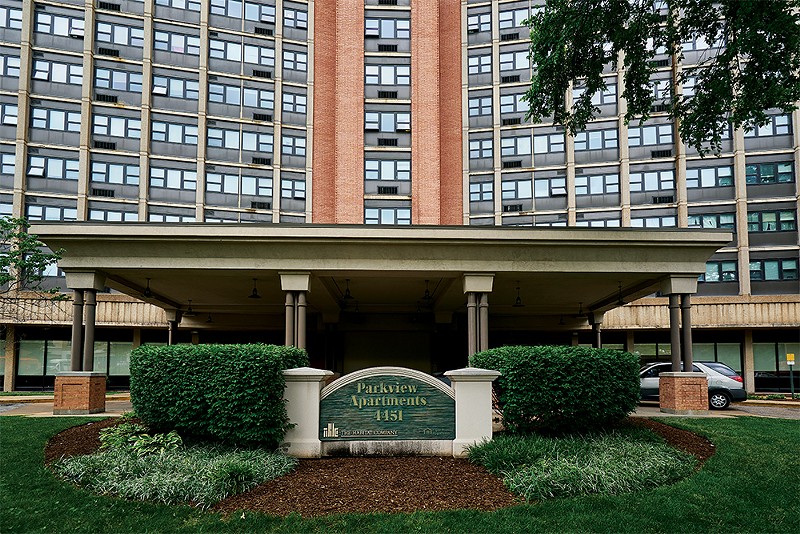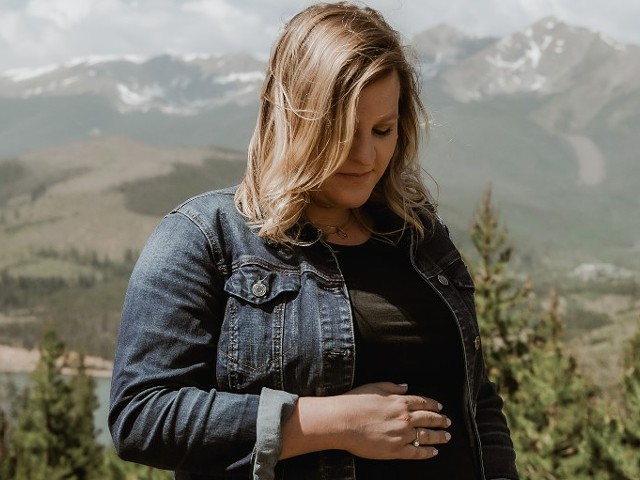
On February 5, St. Louis Metropolitan Police officers began following the trail of the deadliest mass drug overdose in St. Louis history.
It was a cold, bright Saturday morning when they entered Parkview Apartments number 1015, at 4451 Forest Park Avenue.
Police discovered five people: Three were passed out, but still clinging to life. Two others, men ages 57 and 61, had already died, according to city police reports.
All had smoked crack cocaine tainted with fentanyl, a synthetic opioid painkiller up to 100 times more powerful than morphine.
At about noon the same day, police found the body of a man who had overdosed in nearby Park Place Apartments at 4399 Forest Park Avenue.
Ninety minutes later, police once again entered Parkview and took the elevator to the 14th floor, then hustled to apartment 1413. There they found the bodies of two more men who died from fentanyl poisoning, police records show.
Just after midnight the next day, and only three doors down, police discovered the lifeless body of a 54-year-old man in apartment 1416. An hour later, they found a 57-year-old man who had collapsed outside the 14th-floor elevator.
The final fatality was a woman, 54, whose body was discovered around 2 p.m. on February 7 in apartment 1424, police records show.
During this three-day window, dozens of St. Louis police and firefighters swarmed the building to look for new overdose victims as 911 call followed 911 call.
A woman who lived in the building and didn't wish to be identified told the Riverfront Times she first heard about the overdose deaths after waking up from a nap on February 5 and talking to a relative on the ground floor.
"The relative said, 'They just found three bodies,'" she recalls. The next morning, her relative gave her an update: "'They found five,' and I'm like, 'Oh, my God.'"
Sirens blared morning and night that weekend.
"Man, listening to it was so scary," says the woman who has since moved out of Parkview. "It was like, 'Oh, my God, we were living in a movie. ... It started to almost become normal to see these people — they were just wheeling bodies out."
A man who asked to be identified as J.J. has lived on Parkview's 14th floor for many years. He said the floor was flooded with police throughout that February weekend.
"They came in like they did a raid," J.J. recalls. "They came to my door. Bam. Bam. Bam. I jumped out of my bed. They said, 'Anybody else in there with you?' I said, 'No, it's just me.'"
Most of those who died had lived or hung out on Parkview's 14th floor. Each was well known and liked by other apartment residents.
"They were super-nice, super-sweet," the ex-tenant says. "You'd always see them in the hallways at some point, like downstairs in the front."
The overdose deaths that weekend included a man nicknamed Freckles, a frequent 14th-floor visitor. He lived with his mother in a nearby apartment house.
There was Re-Re, a big woman who used a wheelchair and Calvin, who had long supported himself as a house painter and handyman.
And there was Andre, a University City High School graduate who, according to a family friend, had been sober and drug free for years before relapsing the day of his passing. Andre had been an amateur boxer in his youth, along with his older brother, Robert, who spoke proudly of him at his memorial service in late February.
"I was a lefty," Robert told mourners during a service shared on YouTube. "He was a righty."





